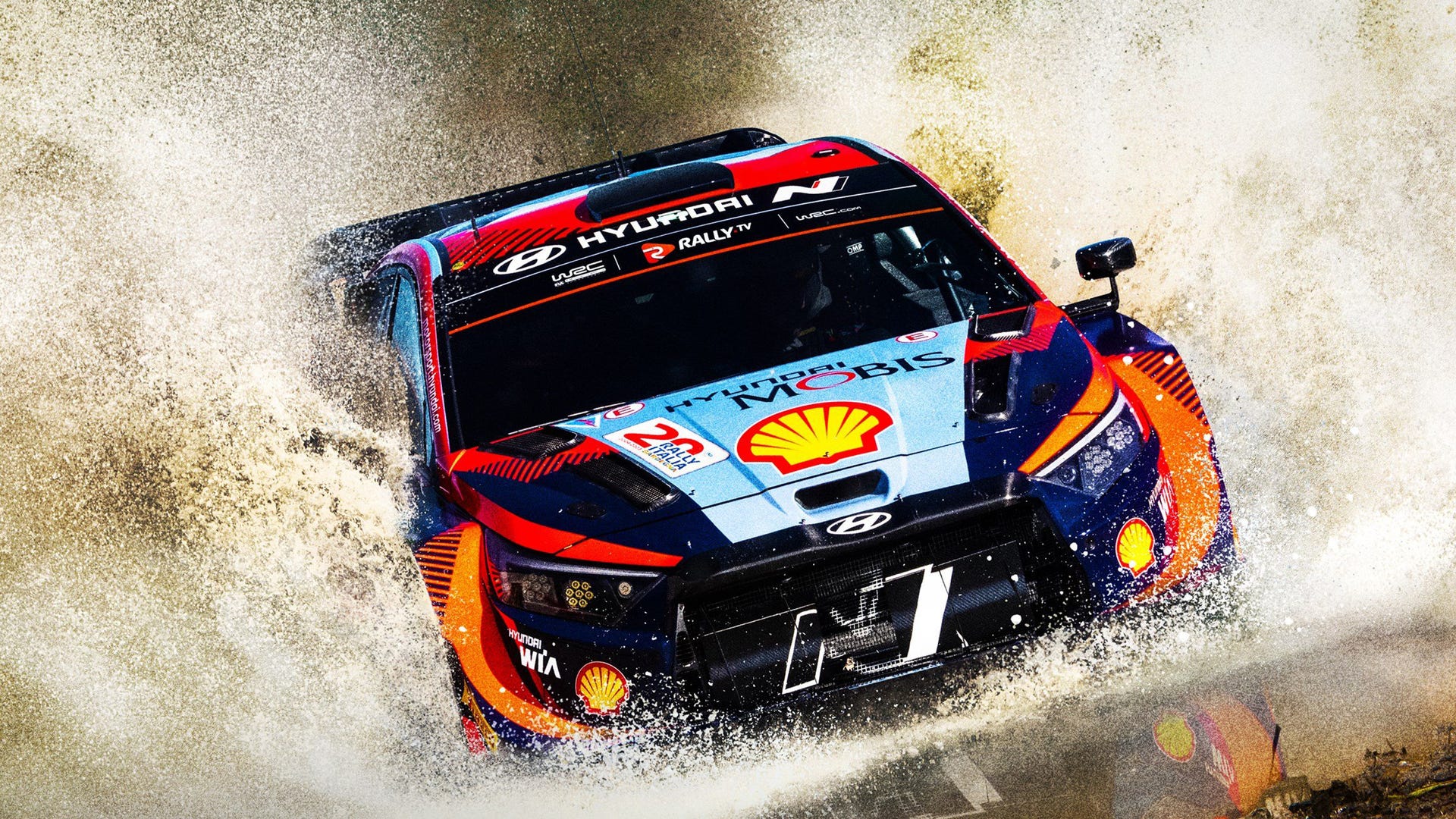
UK developer Codemasters has a rich 37-year history of racing games, with its own EGO Engine used to create every flavour of racing game you could imagine. From the tarmac racing in F1 and Grid to the off-road thrills of Dirt and the more realistic Dirt Rally, it has every base covered. But the times are changing, and so is the technology. In 2020, Dirt 5 switched to an evolved form of the Onrush engine instead – to great success – while this year the launch of EA Sports WRC sees a more radical break with the studio deploying Unreal Engine 4.
This fascinating transition raises some questions. Have the visuals truly benefitted from the change? In comparison to the likes of Dirt Rally 2.0 – an EGO Engine title that was handled by the very same team in 2019, is the rally experience of EA WRC improved? And how does it run today on PlayStation 5, Xbox Series X, S and PC? That’s what we’ve aimed to find out with testing on all four platforms.
The official reason for the engine change, based on developer interviews, is to allow for larger circuits. In EA Sports WRC it’s possible to map out rally routes of up 30km in length. Seemingly there was a size limit with its own EGO Engine tech, and Unreal Engine 4 allows the team to break through this barrier. And no doubt, the jump to Unreal Engine also allows Codemasters to reap certain benefits native to the tech like platform scalability and Epic’s TAAU upscaler. Plus, it’s clear that WRC makes for a good test-bed to see if the engine is suitable future games.




